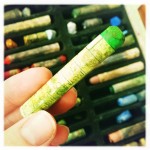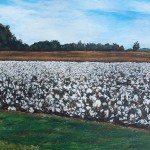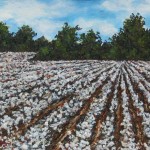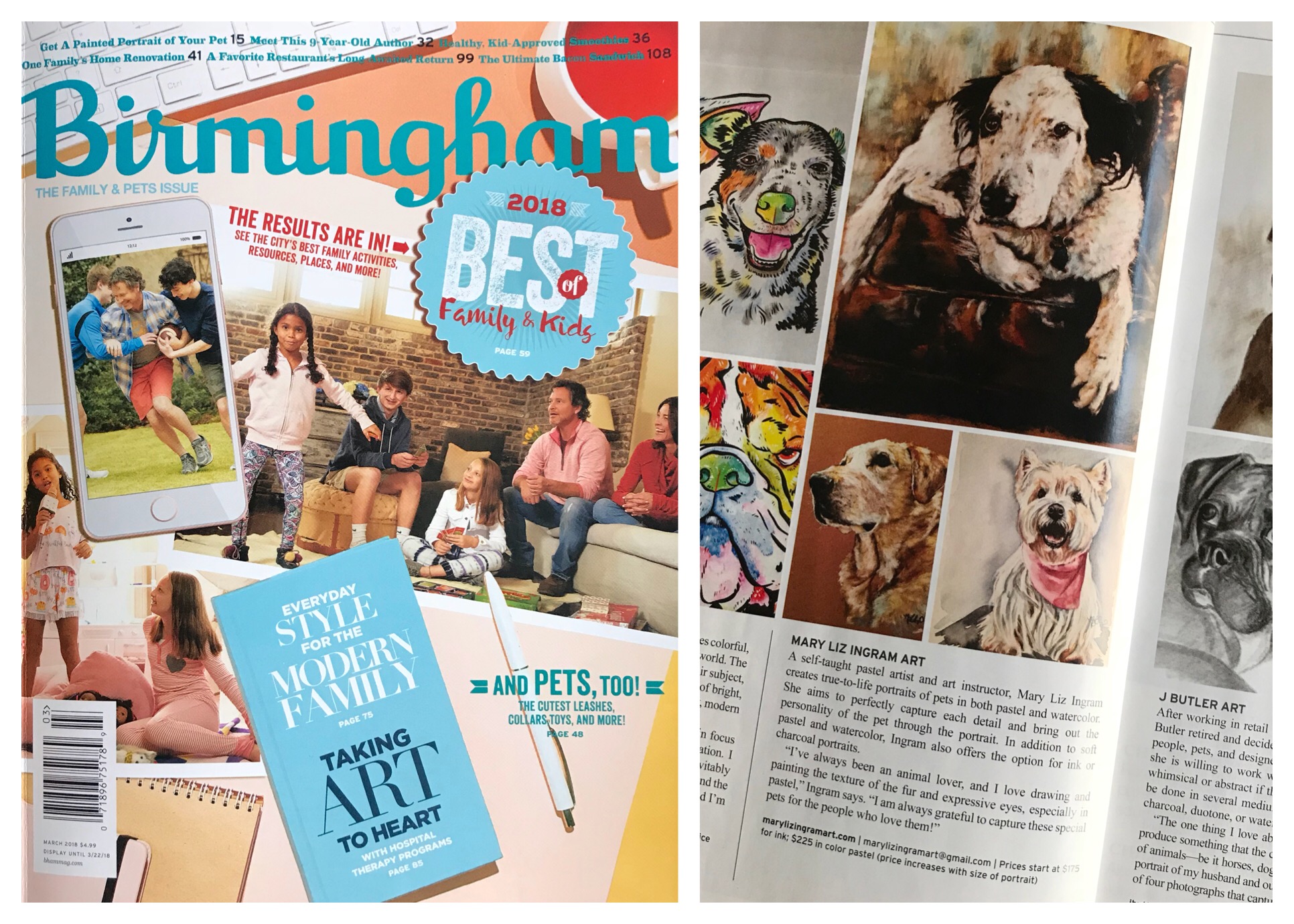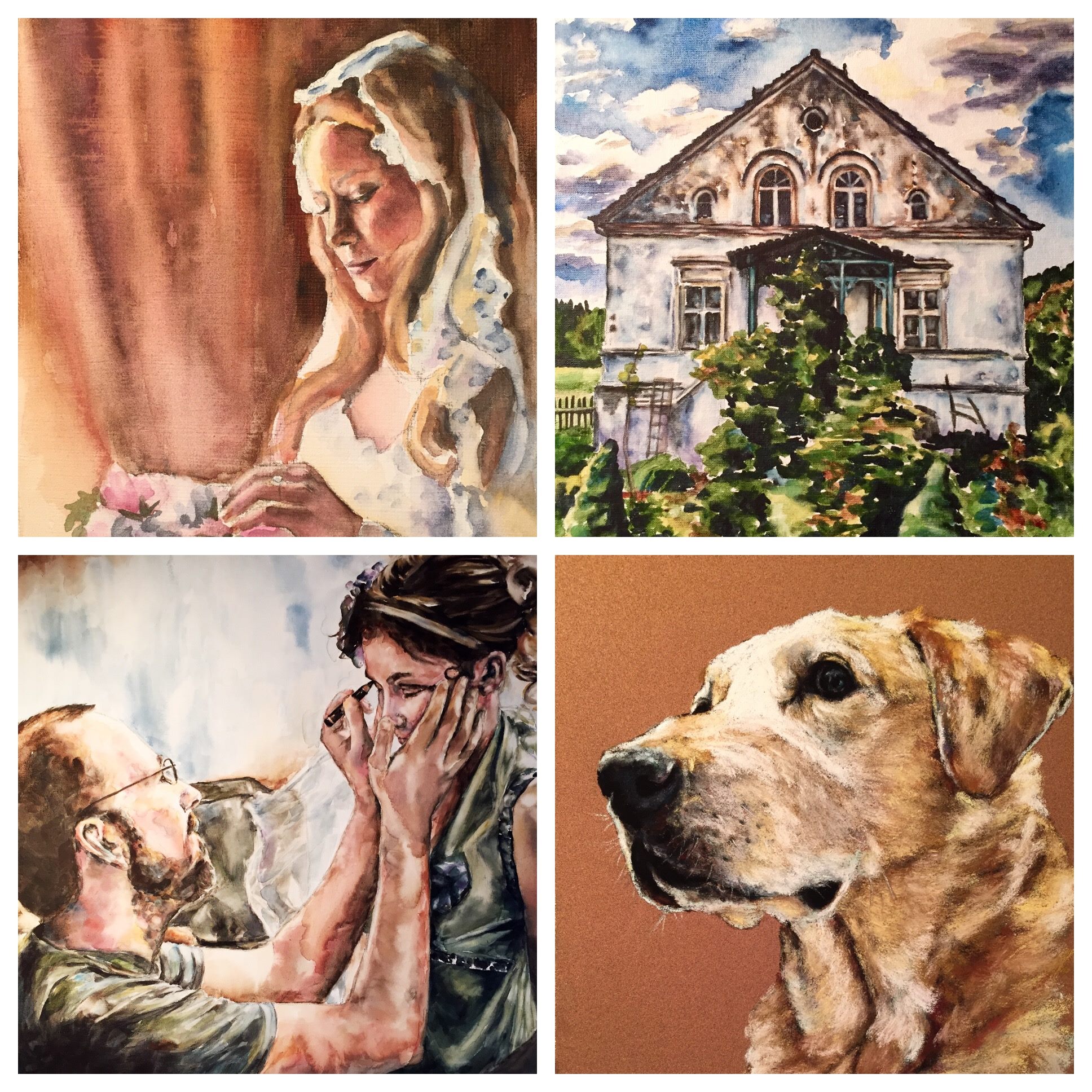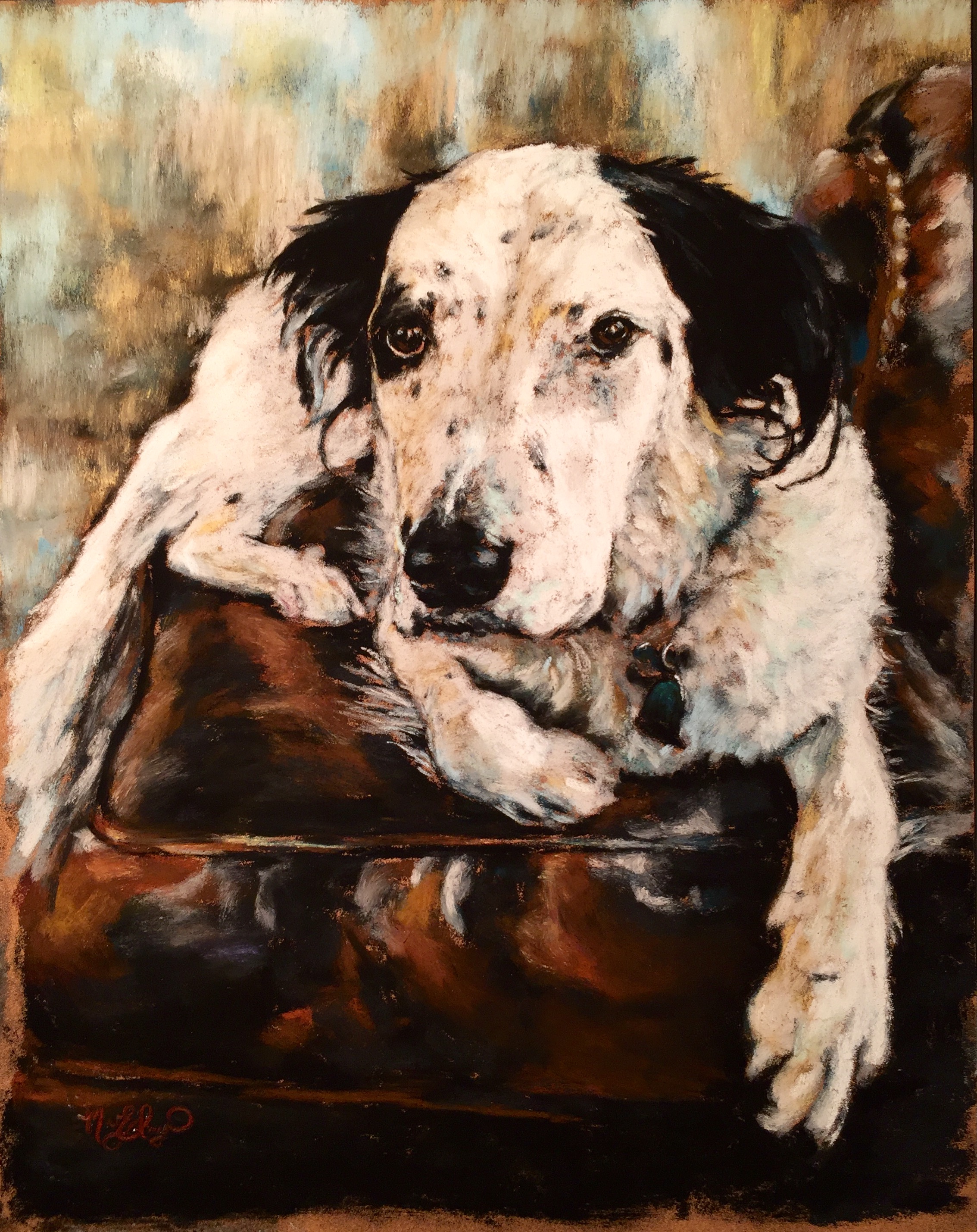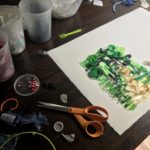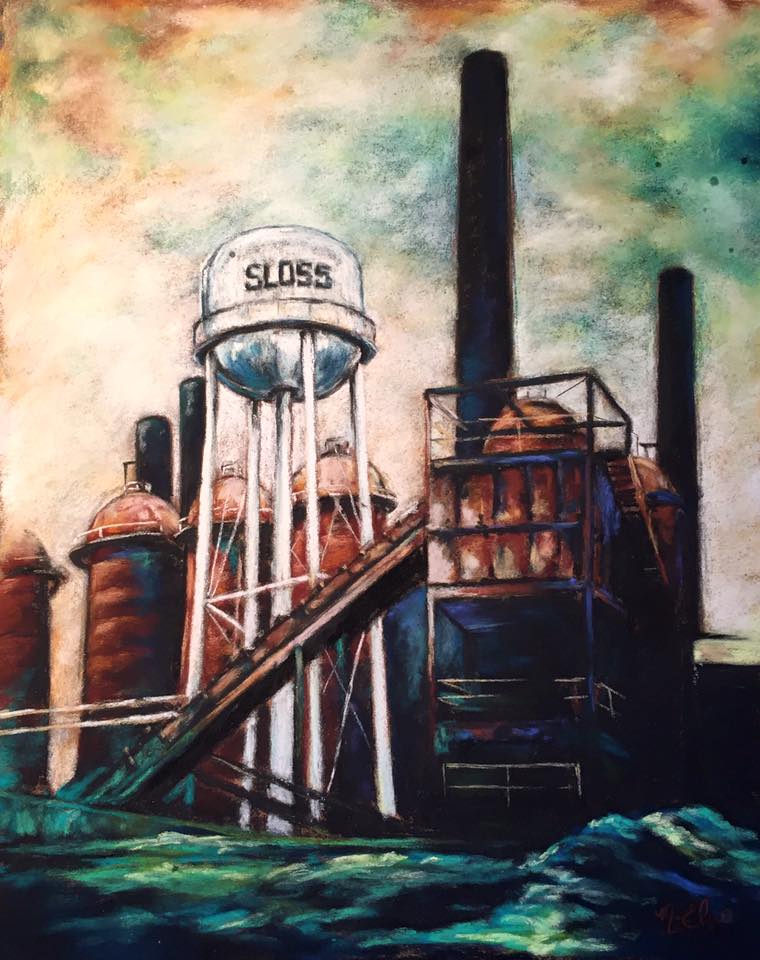I’d like to introduce you to a member of the family. This unique relative likes to think outside the box, does not like to be constrained, and has an oily quality.
Meet soft pastel’s cousin, the oil pastel.
Now, let me tell you how I met the oil pastel, well, good oil pastels. We can all remember those crayon-like oil pastels from school art class; how their waxy marks just make a smeary mess. Who knew there was something better out there!? It’s like the difference between blackboard chalk and good soft pastels: like a whole different art medium. But I digress…
I purchased my first oil pastels at Sennelier in Paris; a souvenier that started a journey that brought me where I am today. Pretty cool.
While my forte is in soft pastels, I do enjoy using other mediums: acrylic, oil and watercolors, graphite and charcoal, and of course oil pastels. You can choose from a plethora of oil pastel brands, purchasing a box for $4 or $140. You all know how I gush over Sennelier soft pastels…Well, guess what: yep, I also think Sennelier makes the best oil pastels. They’re like drawing with lipstick (fancy lipstick). Sennelier makes regular sized oil pastels, and some really fun giant oil pastels. I use both!
With oil pastels, you can draw on just about any surface: paper, canvas, glass, you name it. They can be used with oil paint, acrylic paint, watercolors, or all by themselves. My favorite is to use cousin oil pastel straight up, or used on canvas with a glaze of acrylic.
When using oil pastels on their own, which I love to do for cotton fields, I employ a similar technique as with soft pastels: I layer colors from dark to light. Because the oil pastels will blend colors more easily than soft pastels, I avoid use a lighter hand on the bottom layers. I also “save” my white spaces, such as the cotton.
When using oil pastels as the “under-drawing” for a painting, I scribble away to get the texture and colors I want. It ends up looking like a detailed sketch. I then thin my acrylic with matte medium as I paint. This allows all my oil pastel to show through, but seals it under the glaze.
Unlike with soft pastels, you do not have to spray a fixative on oil pastels. I did find, by leaving an oil pastel painting out for several months, that the oil pastel dries pretty well and is no longer sticky to the touch. As with soft pastels, finished products should be framed under glass with a matte or spacer (so it won’t stick!).
Here are some of my finished products:
- 16×20 oil pastel on card
- 24×40 oil pastel on board
- 11×14 oil pastel on board






